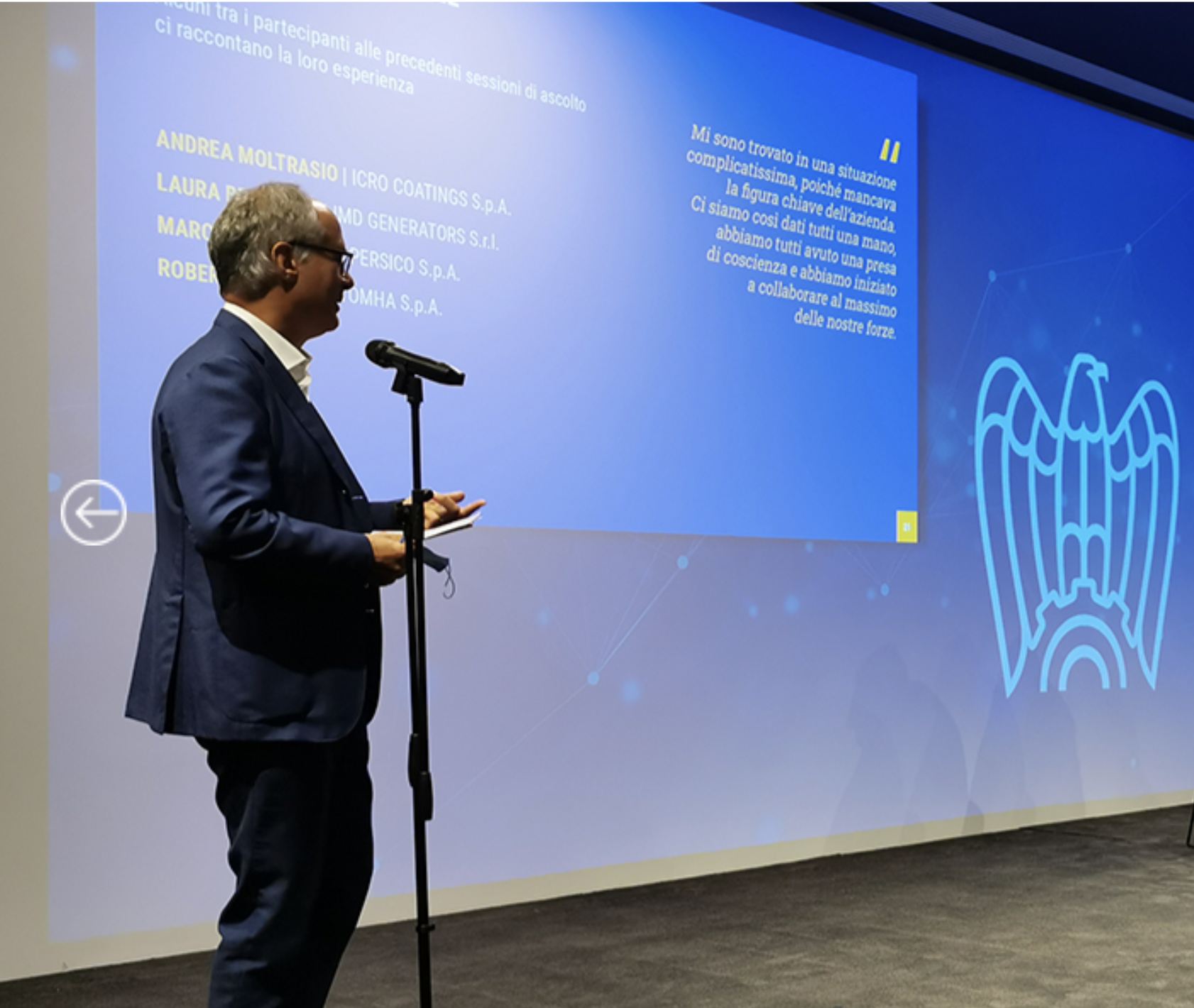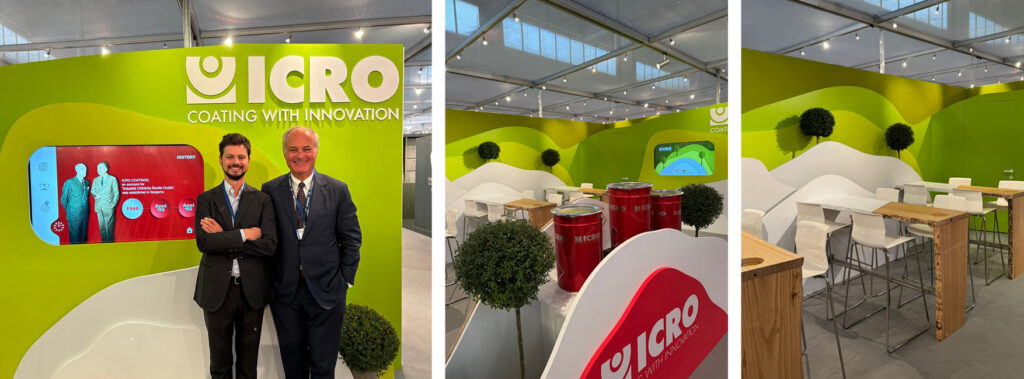At the end of the summer of 2020, Confindustria Bergamo launched an initiative to “listen” to a group of entrepreneurs in the post-first wave phase of Covid.
The interesting results of the work done can be read in the report
“Bergamo, il Covid, le Imprese, gli Imprenditori”, realized in collaboration with Polifactory – Fondazione Politecnico di Milano, https://www.confindustriabergamo.it/comunicazioni/news?id=68739 .
In the discussion on the report, some considerations emerged that I think are worthy of note. The first concerns the ability of the entrepreneurial world to look at certain immaterial aspects of social life. Even the well-deserved “concreteness”, the quantitative analysis, the numbers, are not enough for the life of companies if the right spirit of identity and participation in the life of all is not created. In the answers collected, attention to people is undoubtedly the trait most emphasized by the crisis situation due to the pandemic.
The second element concerns the term “resilience” which is widely used as resistance, the ability not to break, the ability to adapt to situations. In reality, for many engineers and technicians, it is the ability to regain one’s shape after suffering a trauma, a crushing, a stretching.
At this stage, summer 2021, companies are trying to get back to normal for the most part. So resilience is high in the engineering sense, but a part that someone has called “plastic” (not a fashionable term but one that gives the idea of partial deformation) marks the discontinuity.
You don’t eliminate all the activities in remote work, but something remains. Not all web seminars are eliminated, but some presences without the need for relationship but only for listening will always be so. Products for new needs and sensitivities find more space in business strategies. Attention to the people who work in the company is certainly greater than in pre-pandemic times. Finally, the acceleration of digitalization and environmental attention in all companies affected by Covid is evident.
Above all, however, the discontinuity of supply chains or production chains remains as an element of “deformation” and not of restoration of normality, with crazy growth in the cost of raw materials for many sectors and difficulties and limitations on the transport of goods. It is not easy to predict what impact this last aspect may have on the so-called U, U/L, V or v curves as industrial economists describe the recovery for the various sectors. All of them, however, will be affected in different ways, with particular negative reference to those dependent on contact or interaction between people or such as the air travel industry or tourism.
The important thing, however, is to maintain the ability to look up and identify and explore paths as was done with this valuable seminar by Confindustria Bergamo.
CEO – Ing. Andrea Moltrasio



